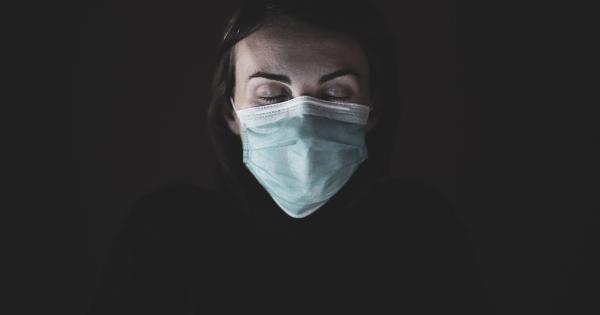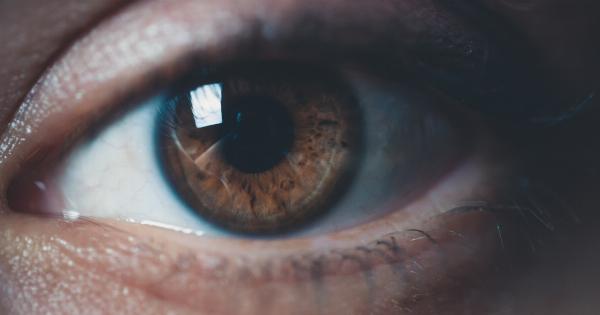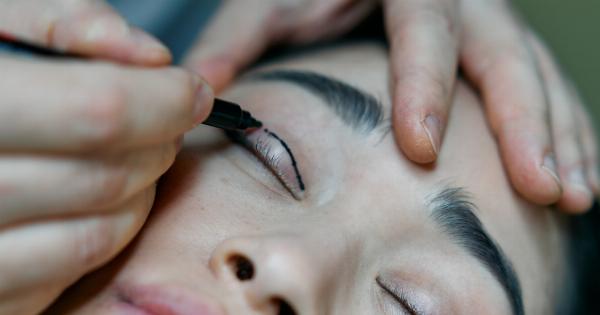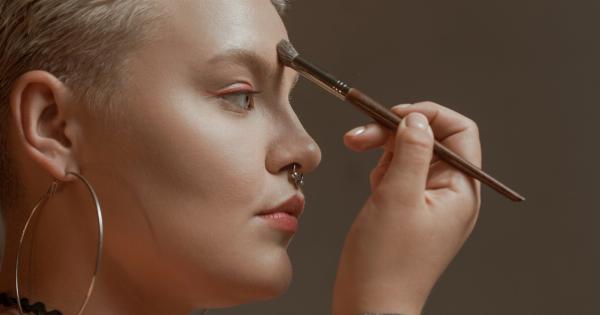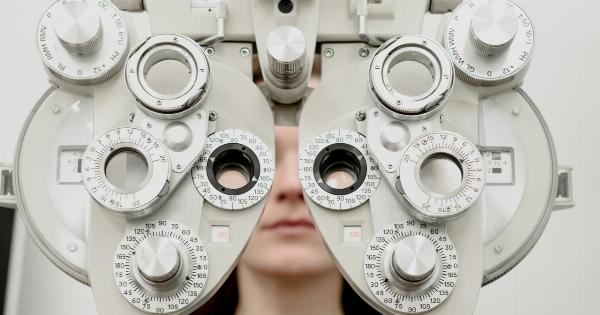Dry eye syndrome is a common condition that affects millions of people worldwide. This condition occurs when the eyes are unable to produce enough tears to keep the eyes moist and lubricated.
The symptoms of dry eye syndrome can be irritating and annoying, and can include itching, redness, and a burning sensation in the eyes. If left untreated, dry eye syndrome can lead to eye infections and damage to the cornea.
What is Nanotechnology?
Nanotechnology is the science of dealing with materials at an atomic and molecular level. The technology has found its way into various fields, including the medical sector.
Nanotechnology is used to create tiny particles that can go into the body, treat infections or illnesses, and regulate bodily processes. With nanotechnology, scientists can create nanoparticles and deliver them to the eye, revolutionizing the treatment of dry eye syndrome.
The Traditional Treatment of Dry Eye Syndrome
In the past, doctors prescribed eye drops to treat dry eye syndrome. These eye drops contained artificial tears that mimic the natural tears produced by the eyes.
The artificial tears helped to lubricate the eyes and reduce the symptoms of dry eye syndrome. However, these drops were only a temporary solution and did not treat the root cause of the problem.
Lubricating eye drops also resulted in blurry vision and discomfort for some patients, making it challenging to carry out daily tasks.
The New Approach to Treating Dry Eye Syndrome
The new solution for treating dry eye syndrome is called nanotechnology. Nanoparticles are tiny particles that are about one thousand times smaller than the diameter of a human hair.
These tiny particles are designed to enter the eye and stick to the cornea, where they release moisture and lubrication. This moisture creates a barrier against the air, preventing the eyes from becoming dry and keeping the eyes hydrated.
How Do Nanoparticles Work?
Nanoparticles contain a molecule that binds to the Tear Break-Up Time (TBUT) structure in the eye. The TBUT structure determines how long it takes for tears to break up over the surface of the eye.
When the eyes are moist and lubricated, the TBUT is longer. In contrast, when the eyes are dry, the TBUT is shorter.
Nanoparticles attach themselves to the TBUT molecules and work to provide a layer of moisture over the surface of the eyes to prevent them from drying out. The nanoparticles also help to regulate the tear film and keep the eyes moist.
Advantages of Nanoparticles
Nanoparticles offer several benefits for dry eye syndrome patients, including:.
- Less discomfort and irritation
- No blurring of vision
- A more significant improvement in tear stability than traditional eye drops
- A longer-lasting effect
Unlike traditional eye drops that wash out of the eye within minutes, nanoparticles can stay in the eye for several hours. This prolonged duration of action significantly improves the efficacy of the treatment.
The Future of Nanoparticle Technology
Researchers are continuing to explore nanoparticle technology to find new ways to treat eye diseases. Experts believe that nanoparticles can also be useful in treating other eye conditions, including glaucoma and cataracts.
Limited resources and financial constraints have hampered the wide-scale adoption of Nanotechnology in medicine.
Nevertheless, as more funding is put into research and development of nanoparticles, we can expect these tools to revolutionize the future of medicine.
Conclusion
For people who suffer from dry eye syndrome, nanotechnology offers a new generation of treatment options. Nanoparticles are small in size but provide significant benefits that can result in long-lasting relief for dry eye sufferers.
As the research in this field continues, there is a promising future for nanotechnology in different medical sectors.










